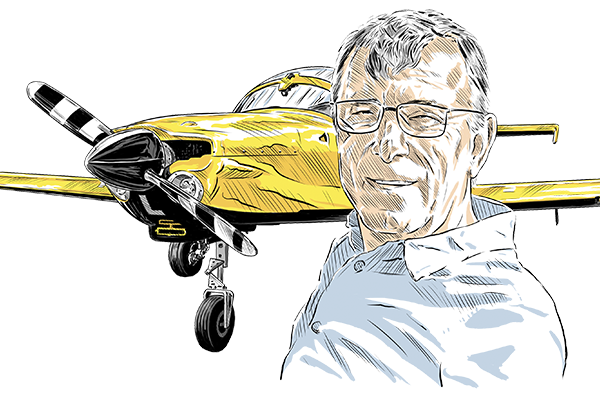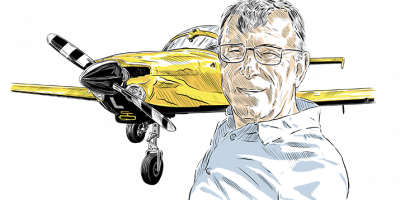Late intervention…
Cessna F152 G-CIUU,
North Weald Airport,
Essex
The instructional circuit took place in crosswind conditions. During the landing flare the aircraft yawed to the left then veered right on touchdown, departing the runway onto soft ground.
The aircraft sustained damage to the right wingtip fairing. The instructor reflected that he should have intervened earlier to correct the yaw before touchdown.
Comment: It is difficult to gauge when to intervene as an instructor. Unfortunately, in this incident the instructor left it a bit too late.
Landing decisions
Ikarus C42 FB UK G-CBVY,
Wingland Airfield,
Spalding, Lincolnshire
The pilot considered that after touchdown he was too fast to stop within the remaining runway length and so initiated a go-around. The aircraft was left of the runway centreline, and as power was applied the left wingtip struck a vehicle parked just off the runway in a marked parking area. The aircraft spun through 180° and came to a halt.
Comment: Any approach must be flown at the correct speed aiming to touch down at the correct point on the runway. If these parameters are not correct then go-around early – especially on the very short runways at this airfield. The result of this collision could have obviously been much worse.
High flare
Ikarus C42 FB80 G-CDMS,
Popham Airfield,
Hampshire
On the approach to land, the student pilot rounded out too high and then immediately corrected by lowering the aircraft nose.
The aircraft touched down on the nosewheel, which broke free from its leg and the propeller struck the ground.
Comment: An immediate lowering of the nose after a high flare or bounced landing can run the serious risk of the nosewheel striking the runway.
Resist the temptation – hold the attitude and decide whether to continue with the landing or go-around.
Lucky parachute instructor
On 10 July 2022, a group of skydivers were preparing for a jump that was to be filmed by an instructor.
At about 0850 local time, the pilot of the Cessna 182 taxied the aircraft to the passenger emplaning area and prepared to ‘hot load’ the skydivers.
The proposed jump had an instructor positioned either side of the student in the doorway and a third instructor located outside the aircraft to capture the group’s freefall.
The group conducted a practice exit before the instructor filming repositioned themselves in front of the wing strut to show the student where they would be located when they completed the jump.
The pilot, recognising the instructor’s proximity to the spinning propeller, attempted to get their attention. The instructor filming was focused on the jumpers and took a small step backwards towards the propeller at which point the pilot immediately shut down the engine.
The instructor took another step backwards and away from the fuselage of the aeroplane to simulate their own freefall and their hand was struck by the propeller. Although the engine had been shut down, the propeller was still spinning. The instructor received serious injuries to their hand.
Comment: The parachute instructor’s life was saved by the alert actions of the pilot. Never assume that anyone in the vicinity of a turning propeller has any knowledge of the danger involved. Be ready to stop the engine quickly if there is any doubt.
Having said that, training procedures that involve instructors performing near to turning propellers strikes me as an accident waiting to happen!





